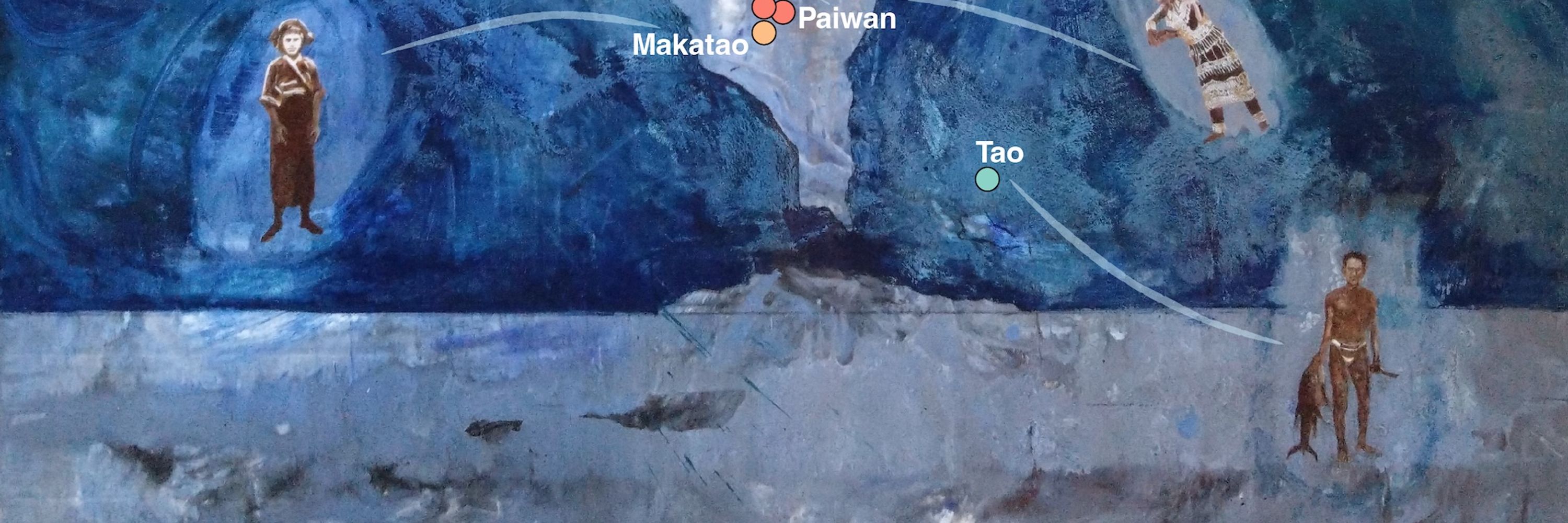

Abstract deadline 9 June. If work is ongoing, plan for Heidelberg in September😉.
Organised by Maanasa Raghavan, @matejahajdi.bsky.social, Choongwon Jeong & me.

Abstract deadline 9 June. If work is ongoing, plan for Heidelberg in September😉.
Organised by Maanasa Raghavan, @matejahajdi.bsky.social, Choongwon Jeong & me.
www.biorxiv.org/content/10.1...

www.biorxiv.org/content/10.1...
🗣️🧬🧪
[Will also make a Bsky explainer 🧵 on it next week when I get some time🙂.]

🗣️🧬🧪
[Will also make a Bsky explainer 🧵 on it next week when I get some time🙂.]


“SimHumanity: Using SLiM 5.0 to run whole-genome simulations of human evolution”
www.pivotscipub.com/hpgg/5/4/000...
Many more exciting papers to come - stay tuned!
www.pivotscipub.com/hpgg/special...
“SimHumanity: Using SLiM 5.0 to run whole-genome simulations of human evolution”
www.pivotscipub.com/hpgg/5/4/000...
Many more exciting papers to come - stay tuned!
www.pivotscipub.com/hpgg/special...



evop.bioinf.uni-leipzig.de
A highly motivated and experienced team is waiting for you with an updated curriculum!
evop.bioinf.uni-leipzig.de
A highly motivated and experienced team is waiting for you with an updated curriculum!
doi.org/10.1093/molb...

doi.org/10.1093/molb...
Can we get aDNA from cave art 😍??
Test: 11 sites from Iberia (300 libraries!)
5 cases w HUMAN mtDNA !!!
Nuclear DNA ongoing: but suggestion of male/female diffs on use of pigments; + pop ID (WHG)

Can we get aDNA from cave art 😍??
Test: 11 sites from Iberia (300 libraries!)
5 cases w HUMAN mtDNA !!!
Nuclear DNA ongoing: but suggestion of male/female diffs on use of pigments; + pop ID (WHG)
doi.org/10.1007/s109...
How did populations in tropical regions cope with the global climatic change around the LGM?
While the tropics are often perceived as having been less impacted by the LGM, we show that -as is often the case - it is more complex than it seems!

doi.org/10.1007/s109...
How did populations in tropical regions cope with the global climatic change around the LGM?
While the tropics are often perceived as having been less impacted by the LGM, we show that -as is often the case - it is more complex than it seems!
www.biorxiv.org/content/10.1...
(1/n)

www.biorxiv.org/content/10.1...
(1/n)
academic.oup.com/genetics/adv...
We tackle a thorny issue arising in statistical tests for genetic interactions (epistasis) using ancestral recombination graphs (ARGs)... 🧵

academic.oup.com/genetics/adv...
We tackle a thorny issue arising in statistical tests for genetic interactions (epistasis) using ancestral recombination graphs (ARGs)... 🧵
Populations differ in traits/disease burden. Are these differences due to genetics?
Comparing single variants or polygenic scores between populations is biased due to environmental confounders correlated with the variants.
1/3
www.medrxiv.org/content/10.1...

Populations differ in traits/disease burden. Are these differences due to genetics?
Comparing single variants or polygenic scores between populations is biased due to environmental confounders correlated with the variants.
1/3
www.medrxiv.org/content/10.1...
doi.org/10.1038/s415...
It was a long journey – 16 months from initial submission to acceptance. Is it just me, or has peer review gotten more arduous lately? 4+ rounds of review isn't so unusual these days...

doi.org/10.1038/s415...
It was a long journey – 16 months from initial submission to acceptance. Is it just me, or has peer review gotten more arduous lately? 4+ rounds of review isn't so unusual these days...

#linguistics #language
www.science.org/doi/10.1126/...

#linguistics #language
www.science.org/doi/10.1126/...
👉 bit.ly/4fw3Zje
💀🌍 Where do we come from? What was the migration history of our species? What role does the Neanderthal genome play in our genetic heritage? How has our species adapted to different environments?

👉 bit.ly/4fw3Zje
💀🌍 Where do we come from? What was the migration history of our species? What role does the Neanderthal genome play in our genetic heritage? How has our species adapted to different environments?
@yanwong.bsky.social and I have been developing a method to programmatically drawing these graphs.
🔗 arxiv.org/abs/2508.03958
1/6

@yanwong.bsky.social and I have been developing a method to programmatically drawing these graphs.
🔗 arxiv.org/abs/2508.03958
1/6

